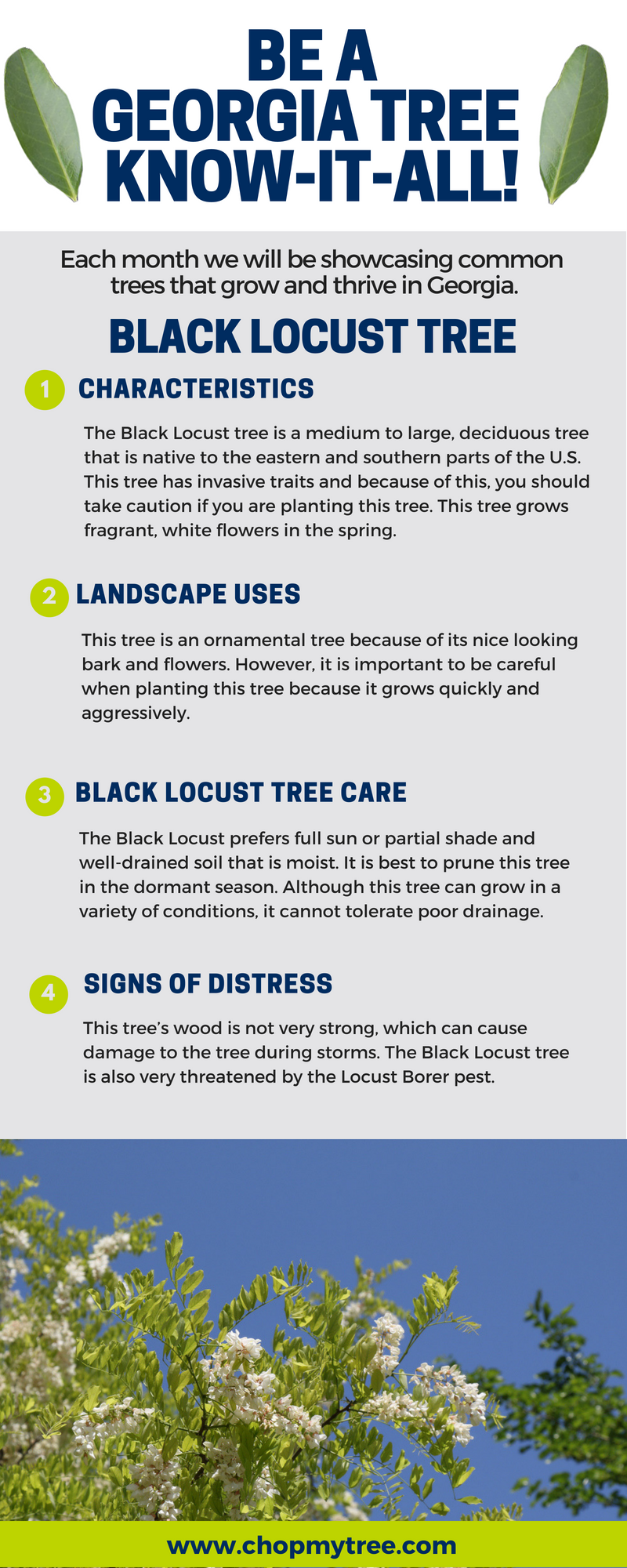Post-Tree Removal Therapy: Effective Approaches For Landscape Repair
Post-Tree Removal Therapy: Effective Approaches For Landscape Repair
Blog Article
Composed By-Langley Leblanc
After a tree's elimination, your landscape may look quite different, and it's vital to analyze the consequences very carefully. You'll wish to review the soil disruption and examine bordering plants for any type of indicators of stress and anxiety. Disregarding these elements can bring about bigger problems down the line. So, what should you finish with those stumps and roots? And just how do you pick the very best plants for your rejuvenated room? Let's check out these essential steps.
Assessing the After-effects: Reviewing Your Landscape
After a tree elimination, it's essential to analyze your landscape to comprehend the impact it has on your backyard.
Start by analyzing the location where the tree stood. Search for indications of soil disturbance, and inspect the surrounding plants for any kind of anxiety or damage.
You should likewise take note of exactly how the removal has actually changed sunshine exposure and airflow in your yard. This change can impact the development of nearby plants, so it's necessary to evaluate their wellness.
Take into consideration the aesthetic facets also; the removal could create an open space that you can revamp.
Lastly, consider any kind of potential disintegration issues that could emerge from the tree's absence. Attending to these factors early will aid recover balance to your landscape.
Handling Stumps and Roots: Choices for Removal
Once you've examined the results of the tree removal, you'll likely need to tackle the stump and origins left behind.
You have a couple of alternatives for removal. One reliable approach is stump grinding, where a specialist utilizes a device to grind the stump to below ground level. This method leaves very little disturbance to your landscape.
If you prefer a DIY technique, you can use a combination of digging and chemical stump eliminators. Just keep in https://www.channel3000.com/city-officials-share-tips-on-how-to-report-trees-damaged-by-severe-weather/ , this process can require time and initiative.
Conversely, consider leaving the stump as an all-natural feature, which can act as an unique yard component or environment for wildlife.
Whatever you select, dealing with the stump and roots is essential for recovering your landscape.
Choosing the Right Plants for Your New Room
As you analyze your recently removed area, picking the right plants can considerably enhance your landscape's elegance and capability.
Begin by taking into consideration the sunlight and dirt problems. For web page , choose drought-resistant plants like lavender or succulents. In shaded spots, brushes and hostas grow well.
Consider the dimension and development routines of your plants; mix perennials and annuals for seasonal range. Do not neglect to incorporate native types; they call for less maintenance and assistance neighborhood wildlife.
Team plants in strange numbers for an extra natural appearance and produce layers for visual deepness.
Lastly, ensure you have a mix of colors and textures to maintain your landscape vibrant throughout the seasons.
Delighted planting!
Conclusion
Finally, restoring your landscape after tree removal is a satisfying procedure. By assessing the consequences, resolving stumps and roots, and choosing the right plants, you'll create a growing environment. Don't fail to remember to include erosion control steps to shield your soil. With a little effort and care, you can transform your area into a vibrant yard that boosts your building. Embrace the possibility to revitalize your landscape and appreciate the appeal of nature right in your backyard!
